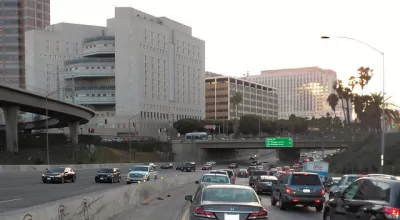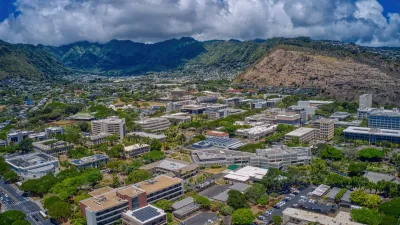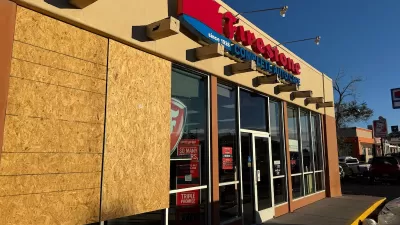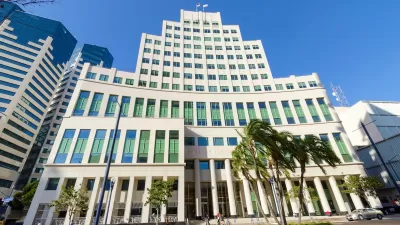Frank Greene and Kenneth Ricci discuss the changing paradigms of half a century of justice architecture and what we should ask — and expect — from courts and jails.

Like hospitals, stadia, and shopping malls, the structures of the criminal justice system demand complex spatial considerations, and architects specialized in meeting them. But with individual lives and liberties in the balance, buildings like courts and jails inspire ethical questions and social consequences beyond the scope of other public structures. Frank Greene and Kenneth Ricci, principals of New York based RicciGreene Associates, provide architectural and planning services for courts, jails, and juvenile detention facilities in the region and across the nation. Over five decades in the practice of justice architecture, they have witnessed a succession of approaches to corrections and detention, from rehabilitation to punitive mass incarceration, and back to rehabilitation. While some of today’s best practices are nothing new, signs of growing support for smaller-scale, local, and more humane approaches to incarceration today are encouraging. Below, Greene and Ricci talk about the roles courts and jails play — and should play — in the criminal justice system and in how cities and counties address pressing social problems. And they outline their role as justice architects, not only in designing environments to cue desired behavior, but using planning tools to change the minds and actions of clients who want to build more and bigger jails.
FULL STORY: What Jail Can't Do

Alabama: Trump Terminates Settlements for Black Communities Harmed By Raw Sewage
Trump deemed the landmark civil rights agreement “illegal DEI and environmental justice policy.”

Study: Maui’s Plan to Convert Vacation Rentals to Long-Term Housing Could Cause Nearly $1 Billion Economic Loss
The plan would reduce visitor accommodation by 25% resulting in 1,900 jobs lost.

Planetizen Federal Action Tracker
A weekly monitor of how Trump’s orders and actions are impacting planners and planning in America.

Baltimore Ordered to Improve Sidewalk Accessibility
The city is one of many to face lawsuits for failing to comply with the Americans with Disabilities Act.

This Toronto Suburb Has More Bus Riders Than Columbus, Ohio
Brampton, Ontario used gradual improvements in service to prove that if you build it, they will ride.

Paris Bike Boom Leads to Steep Drop in Air Pollution
The French city’s air quality has improved dramatically in the past 20 years, coinciding with a growth in cycling.
Urban Design for Planners 1: Software Tools
This six-course series explores essential urban design concepts using open source software and equips planners with the tools they need to participate fully in the urban design process.
Planning for Universal Design
Learn the tools for implementing Universal Design in planning regulations.
Smith Gee Studio
Alamo Area Metropolitan Planning Organization
City of Santa Clarita
Institute for Housing and Urban Development Studies (IHS)
City of Grandview
Harvard GSD Executive Education
Toledo-Lucas County Plan Commissions
Salt Lake City
NYU Wagner Graduate School of Public Service





























